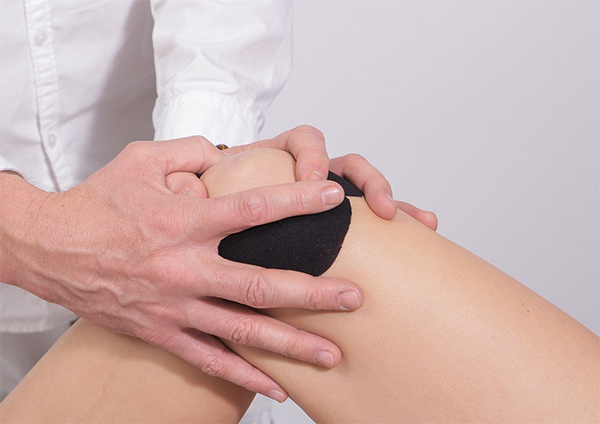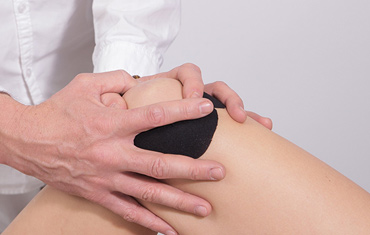
Lateral collateral ligament (LCL) tears may not be as common as tears of the anterior cruciate ligament (ACL). But when a severe LCL tear occurs, you’re almost certainly going to need surgery to repair the damage and restore strength, stability and function in your knee. Here’s how to tell if your LCL is torn and what to expect during and following your surgery to repair it.
What are the symptoms of a torn LCL?
LCL injuries usually occur as a result of a direct impact to the knee, or from rapid pivoting, like changing direction quickly when running. Like other knee ligament injuries, LCL injuries cause pain, tenderness and swelling in and around the knee, especially when you put weight on the joint. You might have some numbness extending down your leg and into your foot. Often, the knee feels weak and unstable when you try to stand or walk.
Not every LCL injury needs surgery. Some minor injuries may be treated with rest, ice, elevation and therapy. Dr. Van Thiel will perform a careful evaluation of your knee, along with diagnostic imaging, to decide if surgery is the right LCL tear treatment based on your injury, your health and your lifestyle.
LCL surgery: What to expect
There are two primary “types” of LCL surgery: LCL repair and LCL reconstruction. Both types use large incisions over your knee joint to expose the damaged tendon.
LCL repair
An LCL repair may be performed if the tear is in the middle of the ligament or if the ligament is detached from the bone. When the tear is in the middle, the torn ends are sewn together. If the ligament has been torn from the bone, staples or other fixation techniques might be used to reattach it. These types of LCL repair are only performed if the injury is very recent and if your ligament is in good shape.
LCL reconstruction
Often, the LCL needs to be completely reconstructed or replaced with a tendon graft. In reconstruction surgery, the tendon graft comes from one of two places: another area of your leg (like the hamstring) or a donor graft. The graft is attached using special surgical anchors.
LCL surgery recovery
LCL tear recovery time can vary, depending on the severity of your injury, your physical health and other factors. Sometimes, an LCL injury occurs with another knee injury, like a torn ACL or a torn meniscus. Most people return home the same day as their surgery, but in a few instances, an overnight stay is recommended. After your surgery, you’ll need to use crutches for about six weeks while the knee heals and “restabilizes.” You can also use ice and elevation to reduce swelling in and around the joint. Pain medication will help you get back on your feet to ensure the joint stays flexible during healing and recovery.
Physical therapy begins soon after your surgery to help restore normal function and strength in your knee. Complete return to activity can take six months or a little longer, depending on how quickly you heal and your activity level. For instance, if you plan to return to a high-impact sport, it might take a bit longer to ensure your knee strength and flexibility are restored. Regular checkups with Dr. Van Thiel will ensure your recovery is optimized for your needs and goals.
How do you strengthen knee ligaments?
It’s not always possible to prevent an LCL tear, but there are some things you can do to strengthen your knee ligaments to reduce your risk of tears. First, it’s critically important to warm up properly before engaging in any type of physical activity. Warming up increases blood flow to your joints and muscles so they’re more flexible, decreasing stress and strain on your joints. It also increases production of the joint’s natural lubricants to improve the way the joint functions.
Specific exercises, like knee bends, squats and leg lifts are also important for strengthening the muscles and other tissues that support your knee joints. As with any activity or exercise, the key is to start slowly to avoid overstretching the ligaments or straining the muscles. Being active on a regular basis keeps your joints in good shape and also helps you maintain a healthy weight, for less stress on your knees.
Don’t ignore your knee pain
No type of knee pain is “normal.” Ignoring pain means you’re more prone to severe injuries that require more complex treatment and a longer recovery time. If you’re having knee pain or related issues like stiffness, grinding sensations or weakness, don’t ignore your symptoms.
Schedule an office visit with Dr. Van Thiel to have your knee evaluated so you can relieve those symptoms and prevent further injury. Request a visit at our Rockford office – call to request an appointment.





